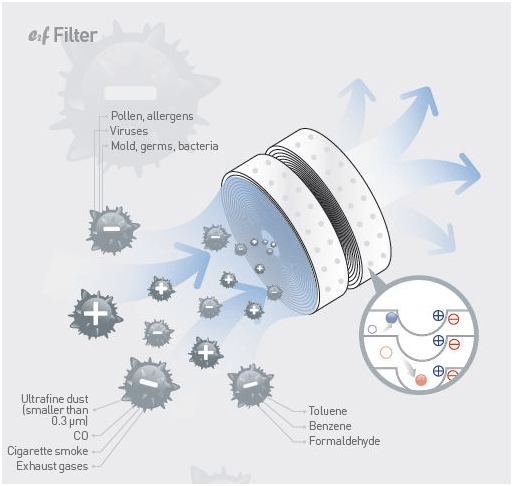The Ultimate Guide To Comprehending Warmth Pumps - Exactly How Do They Work?
The Ultimate Guide To Comprehending Warmth Pumps - Exactly How Do They Work?
Blog Article
Web Content Composed By-Junker Singer
The most effective heat pumps can save you substantial quantities of cash on energy costs. They can also help in reducing greenhouse gas exhausts, especially if you use electrical energy instead of nonrenewable fuel sources like lp and home heating oil or electric-resistance heating systems.
Heatpump function quite the same as ac unit do. This makes them a sensible alternative to standard electrical home furnace.
How your input here Work
Heatpump cool homes in the summer season and, with a little help from electrical power or natural gas, they give some of your home's heating in the wintertime. They're an excellent alternative for individuals who wish to minimize their use of fossil fuels but aren't ready to change their existing furnace and air conditioning system.
They rely upon the physical truth that also in air that appears too cold, there's still energy present: cozy air is constantly relocating, and it intends to move right into cooler, lower-pressure environments like your home.
The majority of ENERGY celebrity accredited heatpump operate at near to their heating or cooling capacity throughout most of the year, lessening on/off cycling and saving power. For the best performance, focus on systems with a high SEER and HSPF score.
The Compressor
The heart of the heat pump is the compressor, which is additionally known as an air compressor. visit the following webpage flowing device makes use of possible energy from power creation to raise the stress of a gas by minimizing its quantity. It is different from a pump because it just works with gases and can't deal with liquids, as pumps do.
Atmospheric air goes into the compressor via an inlet valve. https://cost-to-add-air-condition30863.luwebs.com/29914169/optimizing-convenience-and-financial-savings-tips-for-optimizing-your-heatpump-efficiency travels around vane-mounted arms with self-adjusting length that separate the interior of the compressor, developing multiple dental caries of differing dimension. The rotor's spin forces these cavities to move in and out of phase with each other, pressing the air.
The compressor draws in the low-temperature, high-pressure cooling agent vapor from the evaporator and compresses it right into the warm, pressurized state of a gas. This process is duplicated as needed to provide heating or air conditioning as called for. The compressor also contains a desuperheater coil that recycles the waste heat and includes superheat to the refrigerant, altering it from its liquid to vapor state.
The Evaporator
The evaporator in heat pumps does the exact same thing as it does in refrigerators and ac system, changing liquid refrigerant right into an aeriform vapor that removes warm from the space. Heat pump systems would not function without this essential tool.
This part of the system is located inside your home or structure in an interior air trainer, which can be either a ducted or ductless system. It consists of an evaporator coil and the compressor that presses the low-pressure vapor from the evaporator to high pressure gas.
Heatpump take in ambient warmth from the air, and afterwards use electrical energy to move that heat to a home or service in heating setting. That makes them a great deal a lot more energy efficient than electrical heating systems or heaters, and because they're making use of clean electrical energy from the grid (and not shedding gas), they additionally produce much less emissions. That's why heat pumps are such fantastic ecological options. (Not to mention a massive reason why they're becoming so prominent.).
The Thermostat.
Heat pumps are excellent alternatives for homes in chilly climates, and you can use them in combination with traditional duct-based systems or even go ductless. They're a great different to nonrenewable fuel source heating unit or traditional electric furnaces, and they're much more sustainable than oil, gas or nuclear HVAC tools.
Your thermostat is one of the most vital component of your heat pump system, and it works extremely in a different way than a standard thermostat. All mechanical thermostats (all non-electronic ones) work by using compounds that change size with increasing temperature, like curled bimetallic strips or the expanding wax in a car radiator valve.
These strips include two various types of metal, and they're bolted with each other to develop a bridge that finishes an electrical circuit attached to your a/c system. As the strip gets warmer, one side of the bridge increases faster than the other, which triggers it to bend and signal that the heating unit is needed. When the heatpump is in home heating setting, the turning around shutoff reverses the flow of cooling agent, so that the outdoors coil currently functions as an evaporator and the indoor cyndrical tube becomes a condenser.